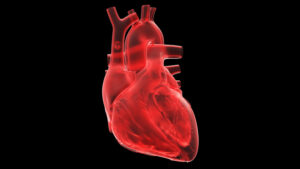While restrictive transfusion hemoglobin (Hb) thresholds are appropriate for most patients, those with anemia and myocardial infarction (MI) may benefit from the improved oxygen delivery to the heart and other tissues provided by more liberal hemoglobin thresholds. In the 2023 MINT (Myocardial Ischemia and Transfusion) trial, a restrictive transfusion strategy (Hb < 7 to 8 g/dL) conferred a 15% greater risk for 30-day mortality or recurrent MI compared to a liberal transfusion strategy (Hb <9 to 10 g/dL), though results were not statistically significant. To further define the optimal transfusion threshold for patients with MI, researchers performed a secondary, prespecified analysis using data from 3,492 MINT participants. Briefly, a target trial emulation approach was used to estimate the per-protocol effects of four RBC transfusion thresholds (Hb <10 g/dL, <9 g/dL, <8 g/dL, and <7 g/dL) on 30-day mortality and recurrent MI. Results mirrored the MINT trial data suggesting more restrictive transfusion strategies increase the risk of death or recurrent MI within 30 days compared with more liberal strategies—14.8% of the patients died or had a recurrent MI with a Hb transfusion threshold of <10 g/dL, 15.1% for a threshold of <9 g/dL, 15.9% for a threshold of <8 g/dL, and 18.3% for a transfusion threshold of <7 g/dL. These data suggest a liberal transfusion threshold of 9-10 g/dL may be best for most patients with a MI.
References:
- Portals GT, Carson JL, Swanson SA, Alexander JH, et al. Effect of four hemoglobin transfusion threshold strategies in patients with acute myocardial infarction and anemia. Annals of Internal Medicine 2024; [Epub 1 October 2024]
- EM Bloch and AAR Tobian. Relaxing transfusion thresholds for patients with myocardial infarction: findings from the MINT trial. Annals of Internal Medicine 2024; [Epub 1 October 2024]

